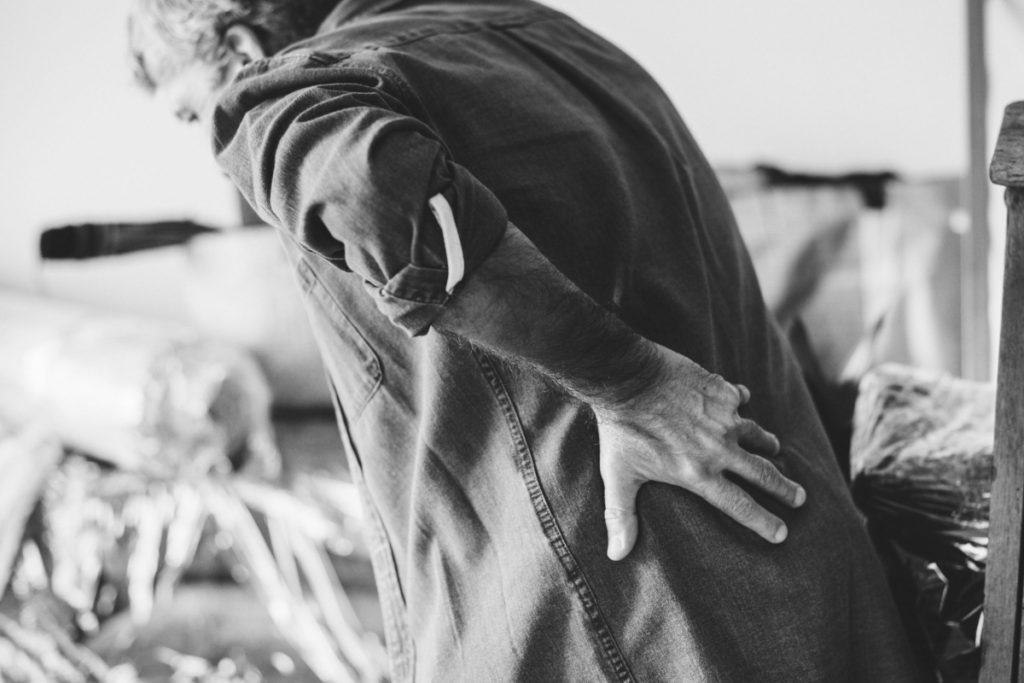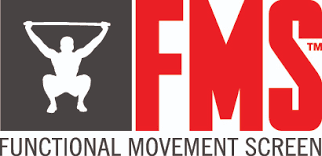Did you know that 31 million Americans experience back pain at any given time?
Back pain is not just inconvenient – it is one of the most common reasons people miss work, and low back pain is a leading cause of disability worldwide.
The lumbar spine, also called the lower back, begins below the rib cage and supports the weight of the upper body. This region provides mobility for everyday activities, such as twisting, bending, and supports the pelvis and hips during movements like walking.
Sport injuries and accidents can cause back pain, but sometimes regular movements like bending over to pick up something off the floor can have equally painful results.
Here’s a quick link on WebMD about lower back pain: http://webmd.com/back-pain/ss/slideshow-low-back-pain-overview

Why do patients come to see us for Back Pain?
- Sports-related injury
- Sciatica, or pain running down a leg
- Bulging, or herniated disc
- Back pain from sitting too much at work / Work ergonomics
- Pain-related to a motor vehicle accident
- Pregnancy
What causes back pain?
Lower back pain is a general term. The medical term for pain in the low back region is lumbago.
How does a person know what lower back pain feels like? That can be a tricky question to answer as back pain is experienced differently from person to person!
Some examples are:
- Pain that worsens after sitting or standing for a long time
- Muscle spasms and muscle tightness along the belt line
- Pain and difficulty going from sitting to standing positions
- Dull, achy pain in the low back and hips
- Tingling sensations starting in the low back and going to the back of the thighs
- Sharp, stabbing pain in the lower back
- Shooting, electric pains that start in the lumbar region and go down into the lower legs or feet
Variation in how back pain feels is due to the complex nature of the spine and its adjacent structures.
Involved structures of the low back
The most common causes of back pain are mechanical (how the spine is moving).
Improper movement of the spinal joints, trauma and injuries to muscles and joints, damage to the intervertebral discs, and impingement (pinching) of nerves are mechanical sources that can contribute to lumbago.
Muscles can become overstretched or torn from overexertion, trauma, or sustained postures like sitting in front of a computer, resulting in a strained muscle. Ligaments are fibrous connective tissue that attach bones and muscles and can also become overstretched or torn, known as a sprained ligament.
Small joints in the spine can also become injured, triggering pain and inflammation. Trauma or degeneration injuries may also occur to the discs in the spine. Intervertebral discs are round cushions between the bones of the spine and act as small, pliable shock absorbers, much like the brake pads in a car. If an intervertebral disc is injured, it may result in a “slipped disc” or disc herniation.
Compression, or impingement, of the nerves in the lumbar region can also occur from mechanical causes. Because lumbar spinal nerves are long, they descend into our leg. Damage to the nerves may result in electrical, tingling, or numbness sensations going down the back of the thigh to foot.
The structures of the lower back work together to provide strength, flexibility, and support for the rest of the body. When pain and dysfunction are present, a thorough exam is required to determine the cause.
What if my low back pain only happens sometimes?
Sometimes lower back pain is completely normal or related to usual activities and routines. However, lower back pain can also start slowly and grow worse over time, or it can be severe and sudden. Low back pain varies in symptoms, but it can be put into three categories based on the type of onset and duration: acute, subacute, and chronic.
- Acute pain comes on quickly and can last several hours to several weeks. Many people associate this pain with trauma or injury, like a car collision, but others know of this type from bending over to pick something up and stopping suddenly due to pain. This lower back pain is commonly called “throwing your back out”!
- Subacute pain lasts longer than acute pain. This type of lower back discomfort lasts anywhere between several weeks to several months. This type of pain may limit a person’s ability to perform regular routines and engage in a normal social life.
Chronic low back pain is discomfort in the lumbar spine lasting over three months. This type of pain can occur over and over, sometimes without relief, and may require a thorough medical examination to determine the exact cause.
What our patients are saying:
Dr. Andy and his team are awesome. They took the time to explain what is going on with my lower back and what can be done to improve it. By far this is the most thorough chiropractic facility I have ever been to. I highly recommend them! ~ Blake S. from Burlington, NC
Our Approach to Back Pain Relief
At Cardinal Chiropractic and Sports Recovery, we take the time to get to know you. Pain is not easy to endure, and we strive to provide the most compassionate and effective forms of treatment.
After a thorough examination and diagnosis, if chiropractic care is not the right intervention for your pain, then we make the referral to another specialist, such as an orthopedist or sports medicine doctor.
At our Burlington office, our chiropractors first identify the cause of your back pain before treatment. Treatment may include joint manipulation, muscle work, and exercise. We always spend extra time helping our Cardinal Chiropractic and Sports Recovery patients understand what is causing the pain and how we can help.
When should I see a chiropractor for back pain?
A well-trained chiropractor can assess and treat mechanical, also known as musculoskeletal, conditions!
A chiropractor is a doctor trained to analyze the physical movements of the body. Our Burlington chiropractors help mechanical causes of back pain through gentle, conservative interventions that don’t include injections or surgery.
At our Burlington office, we take the time to get to know you and your symptoms. We perform a thorough exam, find the cause of the lower back pain, and develop an appropriate and individually tailored treatment plan.
Not only does treatment reduce the likelihood of back pain returning in the future as a flareup, but it also helps prevent the development of lower back pain recurring and becoming chronic in nature.
How can chiropractic care help relieve my back pain?
Proper treatment begins with a thorough and experienced assessment and exam to determine the exact condition and cause. After this, we have many tools in our toolbox for effective treatment. Because no two people are exactly alike, it makes sense that a treatment plan should be tailored for a person’s unique and individual needs.
Some examples of chiropractic treatment for lumbago may include activity modifications, low-impact home exercise, specific stretches and supervised rehabilitation, spinal manipulation, myofascial work (targeted soft tissue work to the muscles and fascia), passive modalities, and more.
Additionally, our chiropractor may suggest changes in posture or ergonomics at work or at home to reduce the pain and frequency of the problem, with a goal of preventing back pain from occurring again in the future.
Statisticians say that up to 80% of Americans will suffer from low back pain at some point in their life, and many patients who complain of pain seek chiropractic care.
If you or someone you know is suffering from lower back pain, give our Burlington clinic a call to schedule an appointment rather than wait to see if the pain improves or goes away. Our chiropractic office is trained to manage numerous musculoskeletal conditions with success, helping people live a healthier and pain-free life!
Frequently asked questions about Back Pain
What should I expect on my first visit to Cardinal Chiropractic?
First, we complete a full exam. An exam consists of a detailed history of your aches and pains, and Dr. Andy will ask some follow-up questions including asking about your personal goals. Following the history, we will perform a thorough functional movement exam including orthopedic and neurological testing. We do this to make sure that our treatment will help and that you don’t need to be referred out to another specialist. After we complete the exam, we typically begin with treatment on the very first visit. Please visit our Services page for a detailed look at our different treatment options.
Do you treat more than back pain?
While chiropractic physicians are most known for treating back pain, neck pain, and headaches – our office has had great success treating painful conditions in the arms and legs. Shoulder pain, elbow and wrist pain, carpal tunnel, hip pain, knee pain, ankle pain, and plantar fasciitis can all be successfully treated in our Burlington clinic. Check out our Conditions page for more information on what we can treat!


